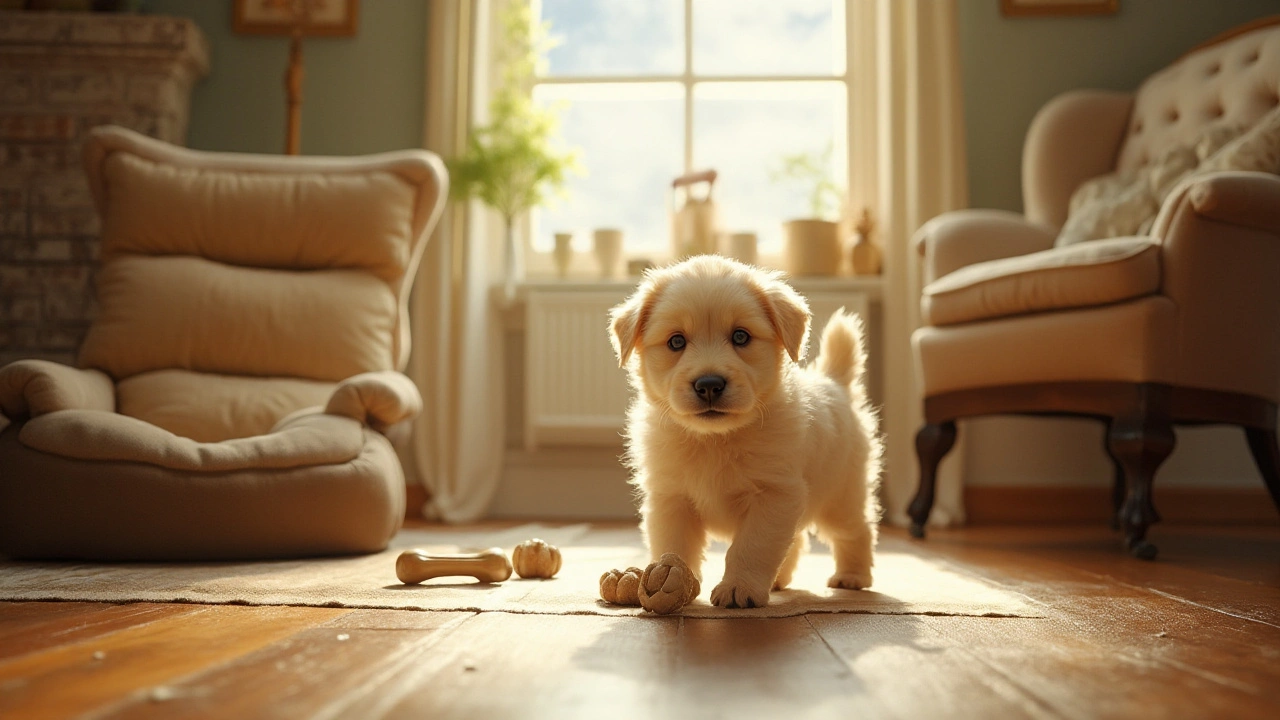Puppy Roaming Guide: When & How to Let Your Pup Free Roam Safely
Letting a puppy wander around the house sounds fun, but doing it at the wrong time can lead to accidents, chewed furniture, or even injuries. In this guide we’ll cover the exact age most pups are ready, the training steps you need, and the safety tricks that keep both you and your dog happy.
When is Your Puppy Ready to Roam?
Most experts agree that a puppy can start free roaming once it has finished its basic vaccinations and has learned a few house rules. For most breeds this is around 12 to 16 weeks old. If your vet gave the all‑clear for the core shots, you can begin testing short, supervised sessions.
Start with a single room that’s puppy‑proofed. Close any doors that lead to stairs, electrical cords, or chemicals. Let the pup explore for five minutes while you watch closely. If it stays calm and avoids trouble, add another room the next day.
Pay attention to the puppy’s body language. A relaxed tail, curious sniffing, and steady breathing mean it’s comfortable. If you see pouncing, whining, or trying to climb on furniture, pause the session and redirect the behavior.
Tips for Safe Home Roaming
1. Puppy‑proof first. Hide shoes, cords, and small objects that could be swallowed. Use baby gates to block off risky areas like the kitchen.
2. Set clear boundaries. Teach a “stay” or “return” cue before you let the pup run free. Practice these commands in a leash, then gradually release the leash in a safe zone.
3. Use a crate as a reset button. If the puppy gets overwhelmed, guide it back to its crate for a short break. This uses the crate as a calm space, not a punishment.
4. Watch for chewing signs. Puppies love to chew, especially when they’re bored. Provide safe chew toys (see our "Puppy Chew Toys" post) and rotate them regularly.
5. Keep a schedule. Regular meals, potty breaks, and playtime help a puppy settle down and reduces the urge to roam when it’s tired or hungry.
Remember, every puppy is different. Some breed’s mature faster, while small breeds might need a bit longer before they’re ready for full freedom. Use the checklist from our "When Can Your Puppy Safely Free Roam at Home?" article to track progress.
Once your puppy can roam confidently, you’ll notice it becoming calmer in its crate, chewing less, and responding better to commands. That’s the real win – a happy pup that knows what’s allowed and what isn’t.
Got questions about specific rooms, or need advice on handling a puppy that still bites? Check out our related posts on "Puppy Crate Training: Should You Use a Pee Pad at Night?" and "When Do Puppies Stop Biting?" for deeper tips.
Free roaming is a milestone, not a finish line. Keep supervising, keep training, and enjoy watching your pup explore safely. Happy roaming!
When to Safely Let Your Puppy Explore Your Home
Inviting your puppy to roam around your home is a big step. This decision goes beyond age and learns towards behavior and readiness. By understanding your puppy's needs and offering a safe environment, you can ensure a positive roaming experience for your new furry friend. Tailoring the freedom journey to individual personality will help nurture your bond while providing a sense of independence.
